JITENSHA, the Bike Blending Japanese Minimalism and French Design
The brand assembles its models by hand in Paris, drawing inspiration from the sleek, light bikes seen in the streets of Japan.
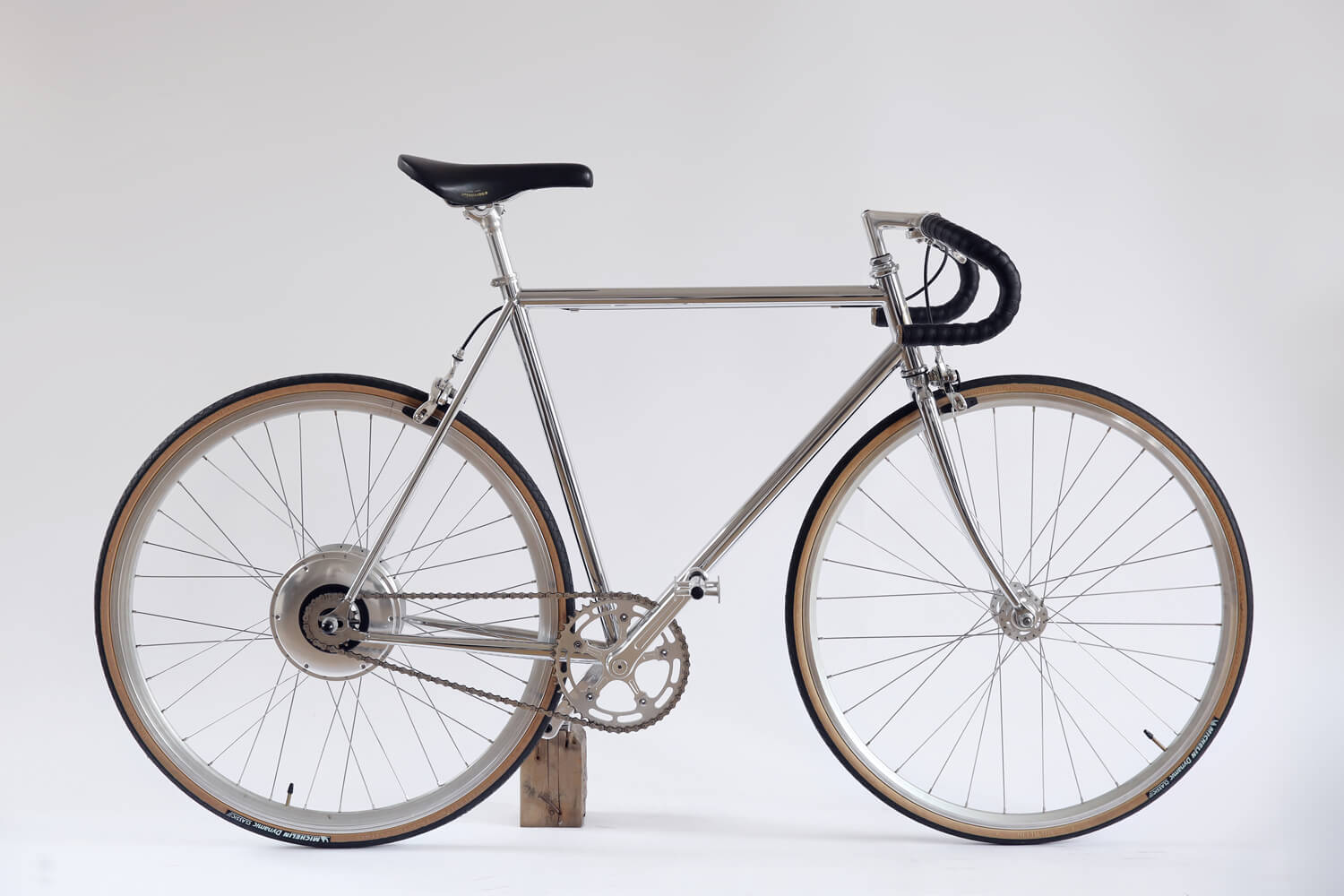
© JITENSHA
Nicolas, an ardent lover of Japan and a young French entrepreneur, decided to settle in Tokyo. He quickly set up his own business and called upon two of his friends for help: Franck, a designer, and Cédric, a cinema production manager. Their love of both design and Japan is what brings them together.
‘Our idea is to take inspiration from the minimalist, ultra-modern and traditional Japanese style and combine it with the French spirit and our own bike culture’, they explain.
An ultra-light electric bike
Thus, in 2016, JITENSHA was born, a brand of bikes assembled by hand in Paris. JITENSHA preaches values that are very much in keeping with current trends, offering a piece of equipment that describes itself as ‘simple and pared down’. With a subtle blend of elegance and sobriety, JITENSHA wants to strip its product down to the bare essentials.
The brand also offers electric models, controlled through Bluetooth and a smartphone app. E-JITENSHA has a 30-km range and assistance up to a speed of 25 km/h. The bonus with this product is its weight, coming in at just 13 kg, which is sure to delight cycling enthusiasts.
More information on JITENSHA can be found on the brand’s website.
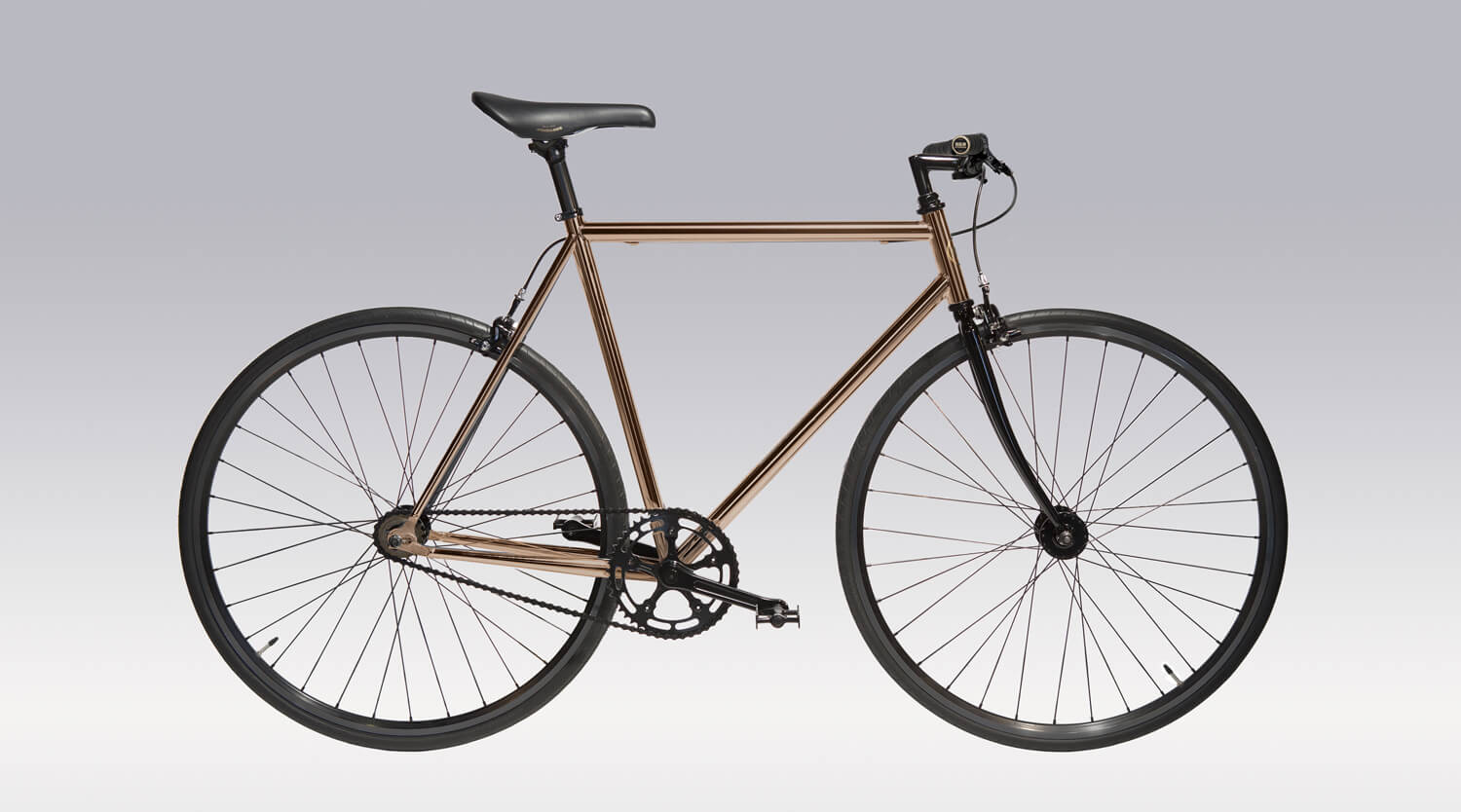
© JITENSHA
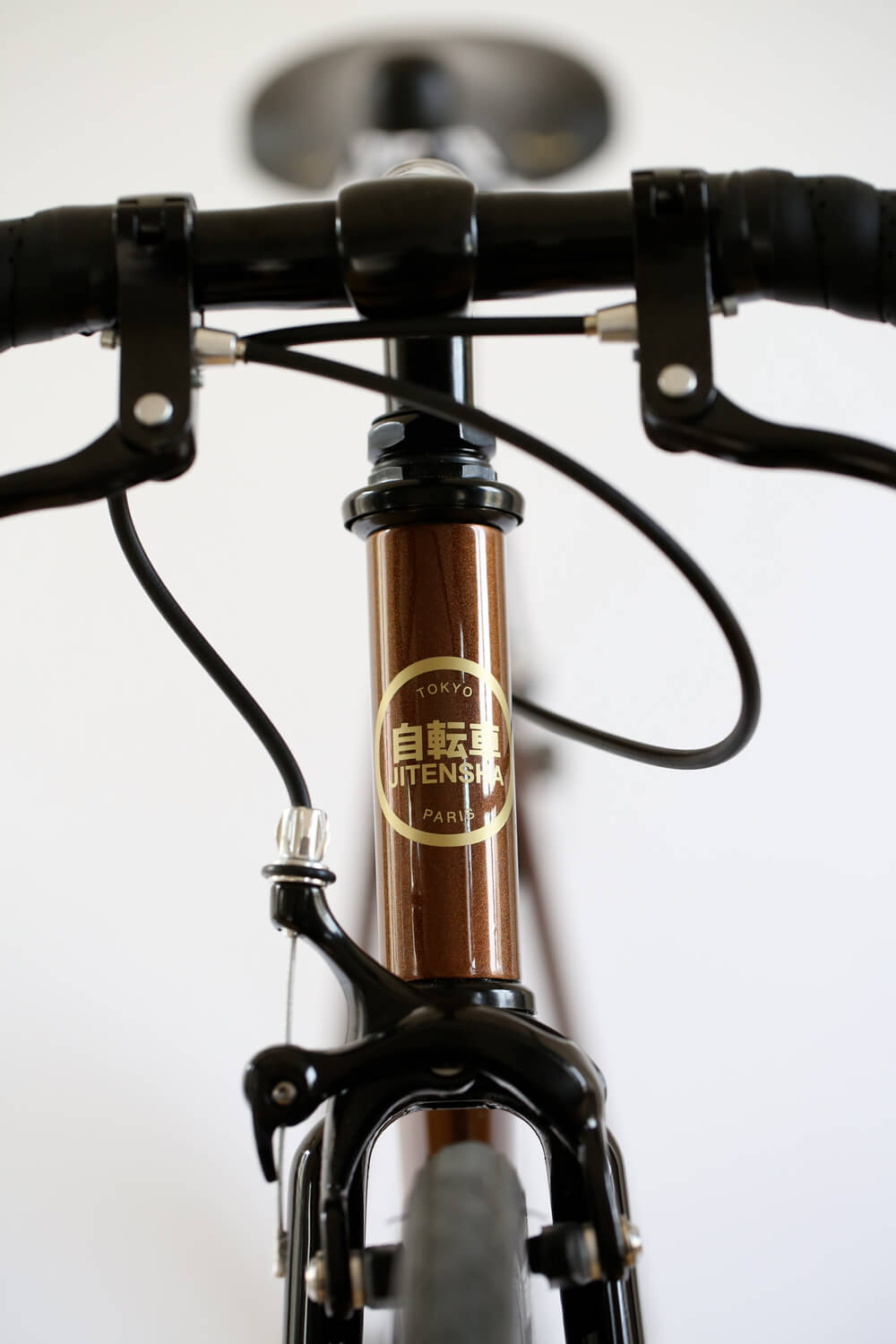
© JITENSHA
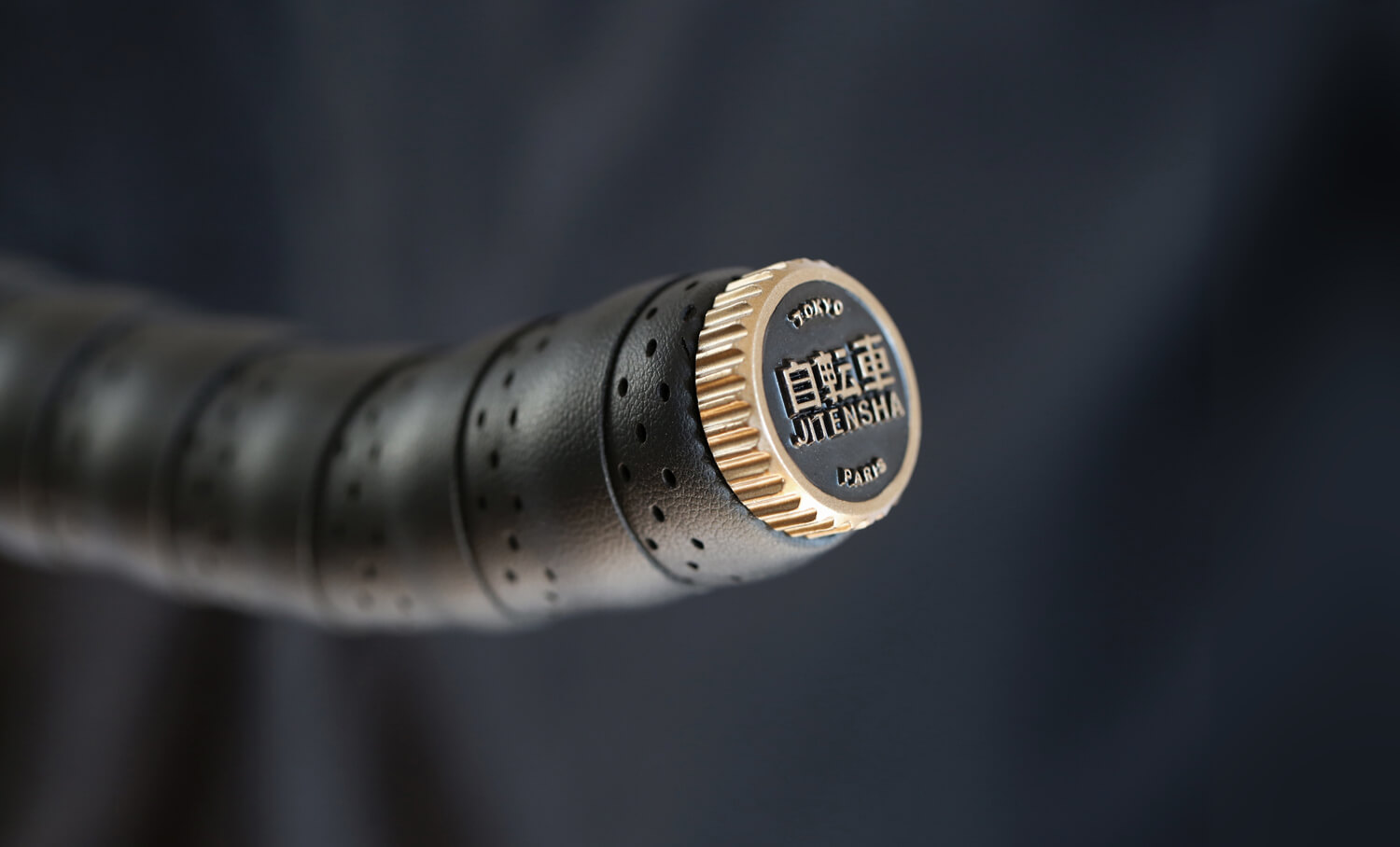
© JITENSHA
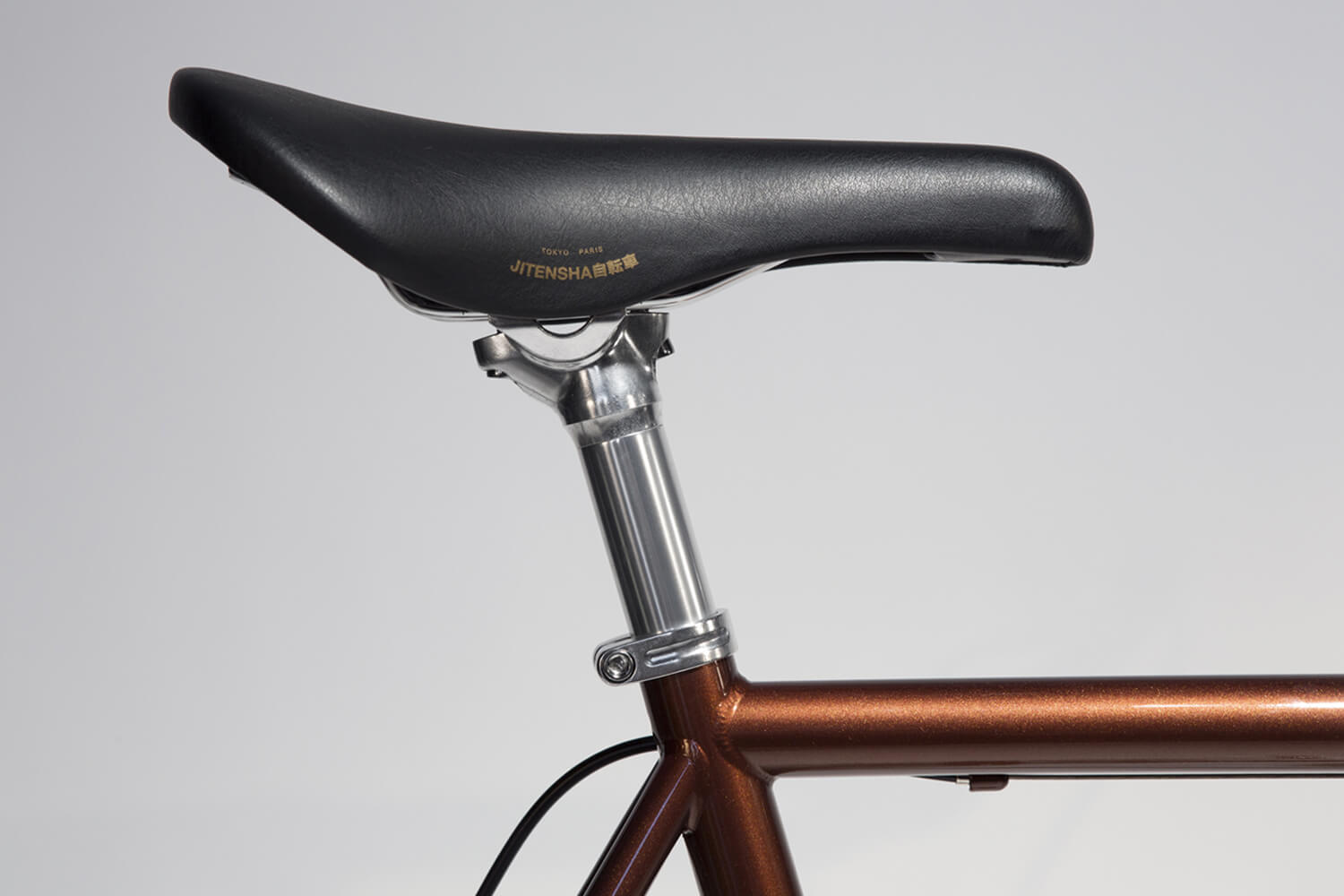
© JITENSHA
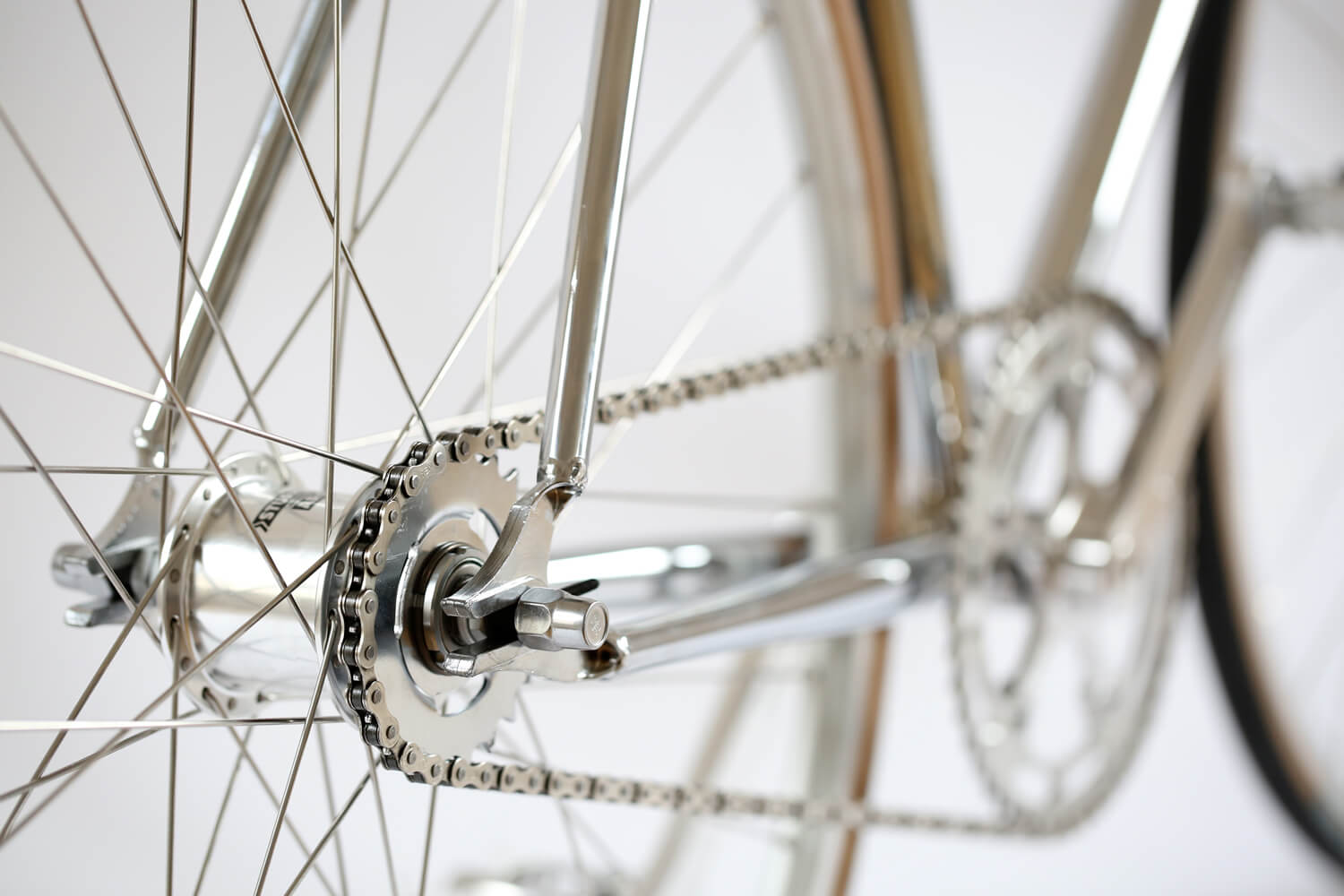
© JITENSHA
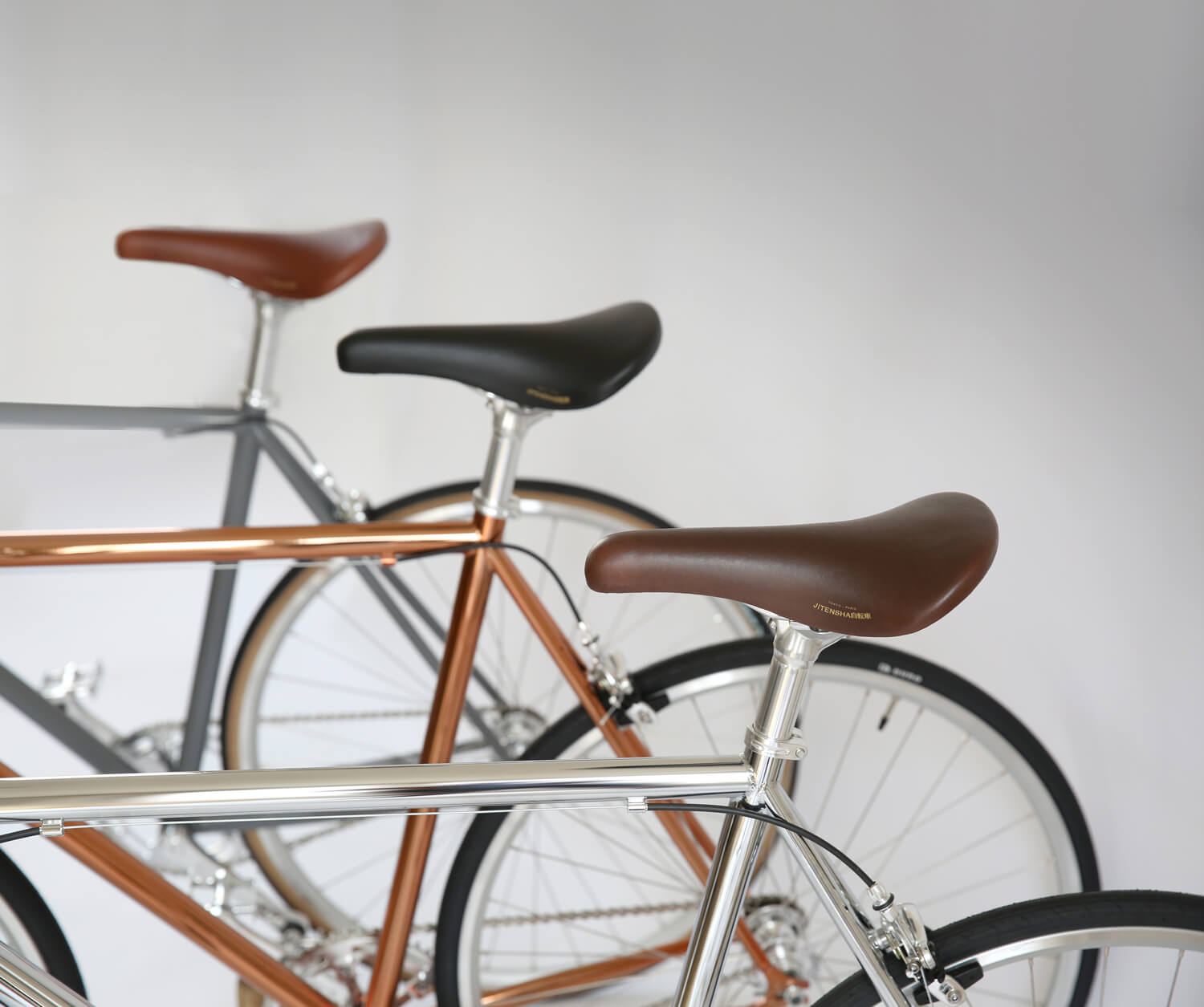
© JITENSHA
TRENDING
-
The Tattoos that Marked the Criminals of the Edo Period
Traditional tattoos were strong signifiers; murderers had head tattoos, while theft might result in an arm tattoo.

-
Paris, Tokyo: Robert Compagnon
With his co-chef and talented wife, Jessica Yang, Robert Compagnon opened one of the top new restaurants in Paris: Le Rigmarole.
 3:31
3:31 -
Chiharu Shiota, Red Threads of the Soul
Last year, more than 660,000 people visited the retrospective 'Chiharu Shiota: The Soul Trembles' exhibit at the Mori Art Museum.

-
‘Before Doubting Others, Doubt Yourself. Who Can Truly Say a Dish Isn’t What It Used to Be?’
In ‘A Non-Conformist’s Guide to Surviving Society’, author Satoshi Ogawa shares his strategies for navigating everyday life.

-
The Story of Sada Yacco, the Geisha who Bewitched Europe
Described by Dazed magazine as the first beauty influencer, she has been restored to her former glory since 2019.





